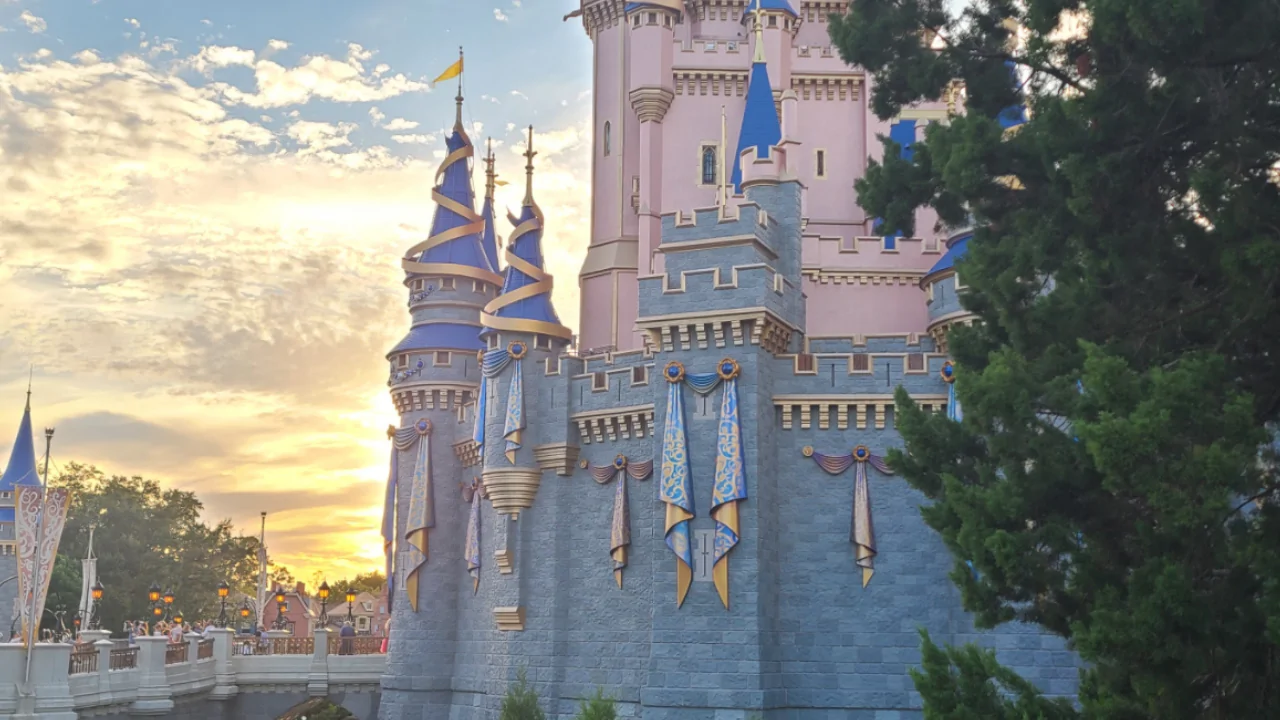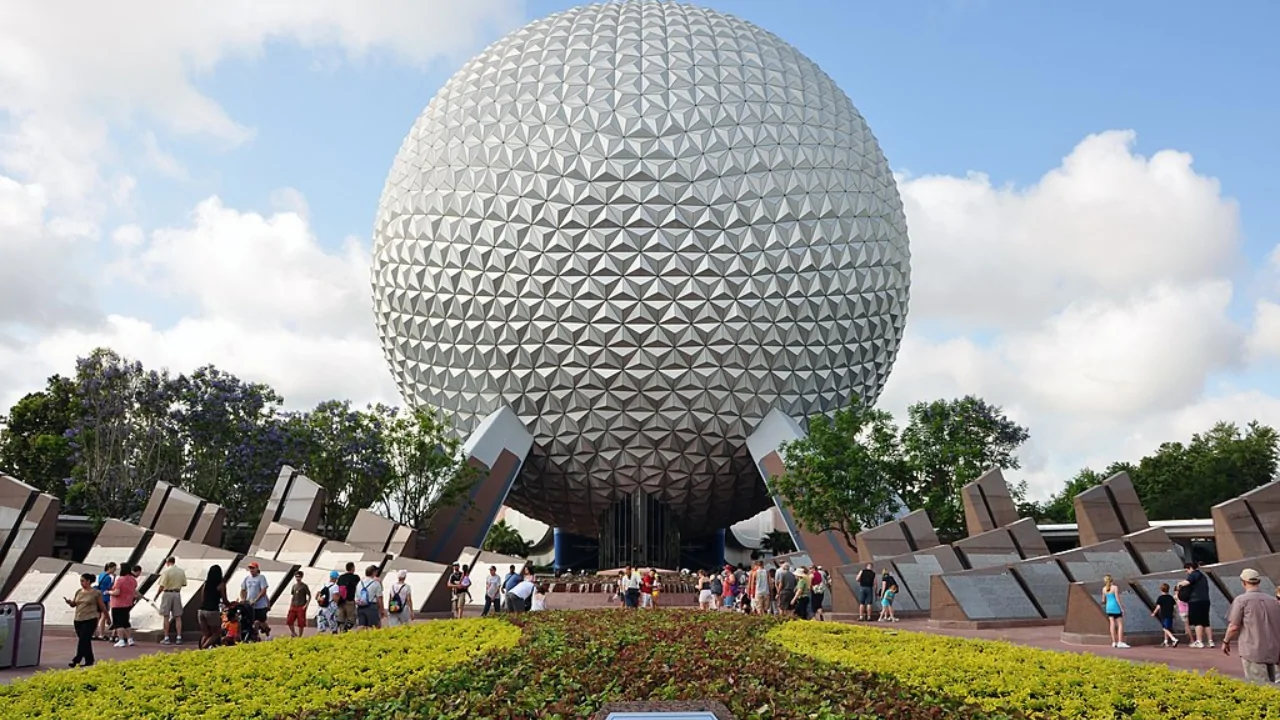
There’s quite a stir about the possible introduction of a “Surge Pricing” model for Disney park admission, which could cause ticket prices to increase when demand is high and decrease when it’s low. Some people are upset or outraged by this, but in truth, this concept has been used for decades, particularly in the airline and hotel sectors, to ensure valuable resources are utilized more efficiently when demand is lower.

Airlines frequently adjust their routine flight schedules to destinations such as Vail during winter, for instance. And if you’ve ever attempted to secure a hotel room in Las Vegas, book a restaurant reservation, or obtain tickets for a show during a major event like CES, you’d know the importance of planning well in advance. Similarly, this concept is applicable to food and beverage services; just take a moment to browse your local DoorDash or GrubHub, and it becomes clear.
You often come across promotions such as “20% off selected items” or “$5 credit if you spend $25,” which are strategically used to (a) encourage you to consider products outside your usual choices and (b) entice you to visit new eateries for a discounted first-time experience. And guess what? It actually works! This marketing technique isn’t very different from seasonal sales on school supplies and clothing for “Back to School” or even post-Valentine’s Day chocolate. Even governments occasionally offer tax breaks at specific times of the year on various consumption taxes, making purchases seem more affordable.

It seems that many people are questioning the surge pricing strategy adopted by The Walt Disney Company, which has sparked a wave of anger, controversy, and debate. This is because people believe that these price surges will only occur during peak periods, not during slow ones, as is common in other industries. They argue that the initial prices are already too high, deterring repeat or more frequent visits and making the Disney experience unaffordable for many families. The concern is that this strategy aims to increase prices even further during busy travel seasons without offering any significant relief during off-peak periods.

If common sense had been applied by the Mouse House recently, they would have disclosed any potential lower rates during periods of normal demand instead of burying it in their announcements. However, they appeared to communicate as if their true intention was for customers to endure high prices and expect even higher costs during a ‘surge’ increase when demand rises.
It’s also important to note that this price increase will likely extend to additional features like Lightning Lane as well. In simpler terms, “surge pricing” isn’t usual when costs only go up; it becomes unusual when they exclusively rise…and that’s what we’re seeing here.
Read More
- Masters Toronto 2025: Everything You Need to Know
- We Loved Both of These Classic Sci-Fi Films (But They’re Pretty Much the Same Movie)
- ‘The budget card to beat right now’ — Radeon RX 9060 XT reviews are in, and it looks like a win for AMD
- Valorant Champions 2025: Paris Set to Host Esports’ Premier Event Across Two Iconic Venues
- Forza Horizon 5 Update Available Now, Includes Several PS5-Specific Fixes
- Gold Rate Forecast
- Street Fighter 6 Game-Key Card on Switch 2 is Considered to be a Digital Copy by Capcom
- The Lowdown on Labubu: What to Know About the Viral Toy
- Karate Kid: Legends Hits Important Global Box Office Milestone, Showing Promise Despite 59% RT Score
- Mario Kart World Sold More Than 780,000 Physical Copies in Japan in First Three Days
2025-03-01 21:55